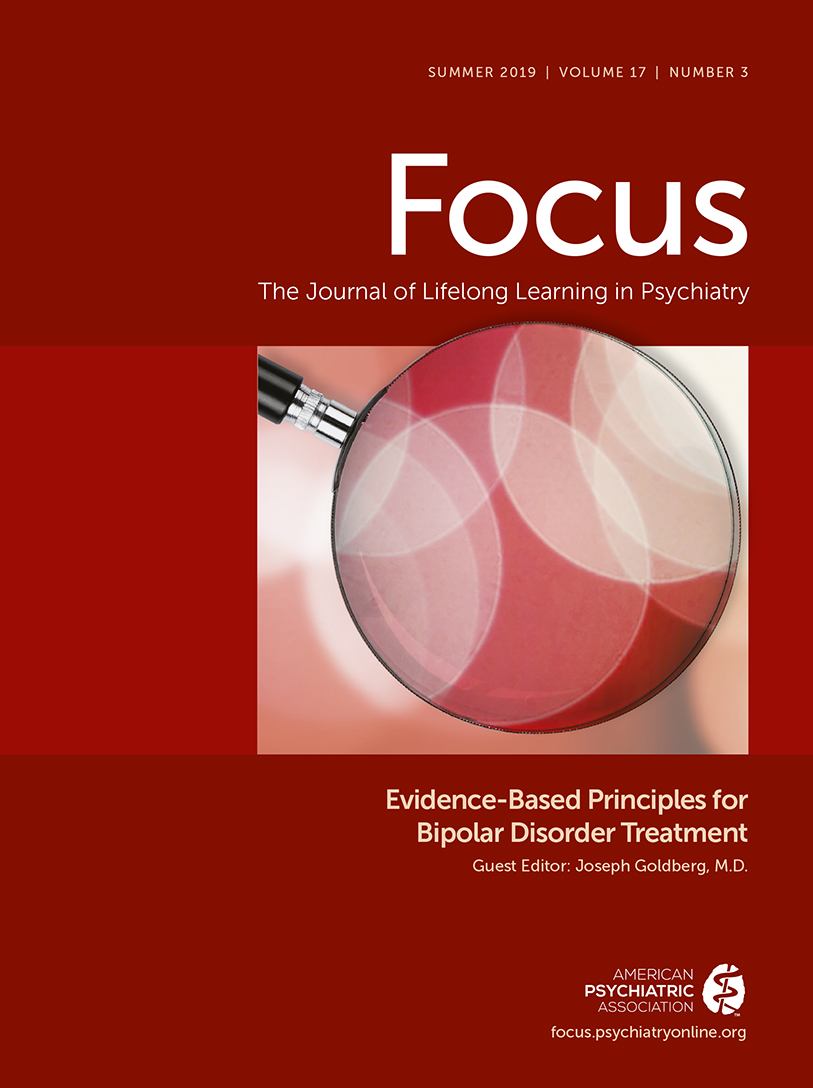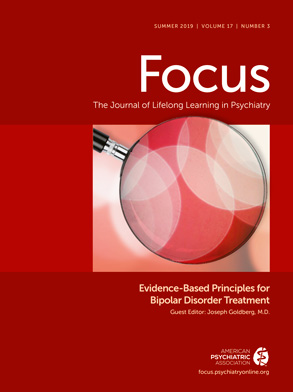Objective genome-wide approaches to study complex genetic disorders, such as SNP-based association and high-throughput sequencing, have also been instrumental in the search for novel facets of pathology and pharmacogenomics across the full range of complex genetic disorders. A key step in the assessment of disease-predisposing genetic risk factors in association studies is to compensate for false positives that will inevitably arise when genotyping hundreds of thousands of genetic variants in each individual—patient or healthy control. Rather than use the standard statistically significant
p-value threshold of 0.05, the requirement is for a
p-value of 10
–8 to be met, or surpassed, before a finding can be considered "genome-wide significant". For bipolar disorder, the emergence of genome-wide significant variants within calcium channel genes perhaps offers the most pharmacologically tractable finding from the multitude of genes discovered and validated (
37,
38). Direct assessment of lithium response factors via genome-wide association study has been reported in 4 studies with sufficient participants to be considered adequately powered (see
Table 1 for summary). The phenotypic definition of lithium response at the level of the patient is most often achieved using the ‛Alda’ rating scale based on case notes and prescription history (
17). As with all psychiatric disorders, there is no other clear physical biomarker that can be employed for this purpose. Discounting the new evidence for
in vitro electrophysiological changes, there is only one
in vivo physical measure that could act as a quantifiable phenotype: the robust association of brain region size increases that correlate with extended lithium use (
39). A correlation with lithium response has not been tested (although perhaps inferable from long-term use) but would be an indication that cell proliferation/cell size are additional pathologies worthy of exploration. The first of the 4 genome-wide studies failed to reach statistical significance at any SNP locus (
40). However, the second study, despite being made up of only 264 patients with bipolar disorder, and then a further 100 patients in a validation study, achieved extremely significant
p-values for SNP markers within
GADL1 (
41). Depending on the parameters used in the definition of lithium response, the
p-values for the most significant SNP, rs17026688, were between 9.19 × 10
−18 and 5.50 × 10
−37. This extraordinary level of significance, and associated effect size, should be practically predictive for patient lithium response. The gene encodes the glutamate decarboxylase-like protein 1 that, because of its sequence similarity to γ-aminobutryic acid-ergic metabolism enzymes glutamate decarboxylase 1 and 2, appears a plausible candidate. However,
GADL1 is seemingly not expressed in the brain and is principally engaged in taurine metabolism (
42). While there is validation of this GWAS finding in a second study in the Han Chinese population (
43), other population studies have failed to replicate association (
44,
45), which suggests that the gene’s candidacy should be treated with a level of caution until a statistical consensus emerges. In the third study, a number of association comparisons were made across several collected cohorts in which lithium response was either subjectively (self-) reported or objectively assessed (
46,
47). The only case–control permutation which yielded genome-wide statistical significance was between 387 objectively assessed lithium responders and 6684 healthy controls. This pinpointed a SNP, rs146727601 (
p-value:1.22 × 10
−9), located within the gene,
PTS, encoding 6-pyruvoyltetrahydropterin synthase, an enzyme that participates in the synthesis of the cofactor tetrahydrobiopterin (BH
4). BH
4 aids the production of nitric oxide and monoamine neurotransmitter synthesis. However, a mouse knockout of
Pts alters metabolism and abdominal fat distribution without an overt central nervous system phenotype or perturbation of neurotransmitter levels (
48). There are other SNPs in this study that fall marginally below the genome-wide statistical threshold but which have intriguing links to established psychiatric biology, suggesting that larger surveys are required. Finally, a fourth study carried out by the Consortium on Lithium Genetics (ConLiGen) consisted of a genome-wide association study of 2563 individuals diagnosed with bipolar disorder and phenotypically assessed for lithium response using both continuous and categorical assessment tools (
49). Marginally sub-genome-wide significant SNPs were identified using the continuous phenotypic model in the genes
CSMD2 [rs9662615 (
p = 5·26×10
–7); gene previously implicated in multiple neuropsychiatric diagnoses (
50)] and
HDAC9 [rs61549860 (
p = 5·44×10
–7); gene disrupted in one reported case of schizophrenia (
51)]. However, a cluster of genome-wide significant SNPs was identified on chromosome 21 over a potential long noncoding mRNA associated with an expressed sequence tag with accession number AL157359 (most significant SNP rs74795342;
p = 3·31×10
–9). The biological significance of this transcript is currently unknown.

